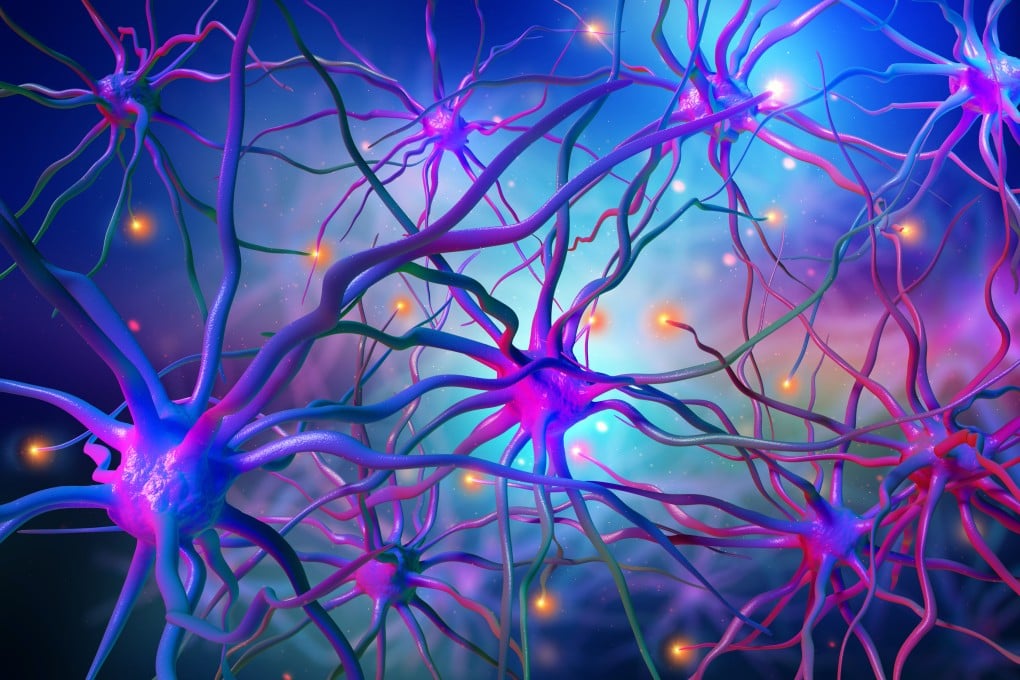‘New way of thinking’: Chinese researchers unveil unique strategy for tissue regeneration, function
- Tiny implants containing neural stem cells can repair and regenerate tissue and bone with the help of nerves, scientists say
- Versatile platform restores more function than current therapeutic approaches, holds promise for patients with serious injuries like spinal cord injuries

Researchers in China have unveiled a new method of repairing injured tissue with the guidance of nerves, a strategy that could help patients with serious injuries, such as spinal cord injuries leading to paralysis, restore more function than current therapeutic approaches.
This new generation of neural construct implants – made of neural stem cells and inorganic biomaterials – was able to repair injured tissue and bone in rats with the guidance of nerves.
Tissue regeneration involves a complicated coordination of multiple body systems and signal pathways, including the central nervous system.
These attempts have led to “unsatisfactory therapeutic outcomes” for tissue engineering approaches, the researchers noted in their paper.
To address this gap, scientists from the Chinese Academy of Sciences developed a “new generation” of 3D-bioprinted neural constructs – a small implant containing neural stem cells – which they observed was able to regenerate skeletal muscle and bone in rats.

